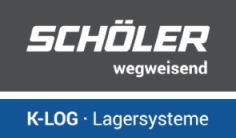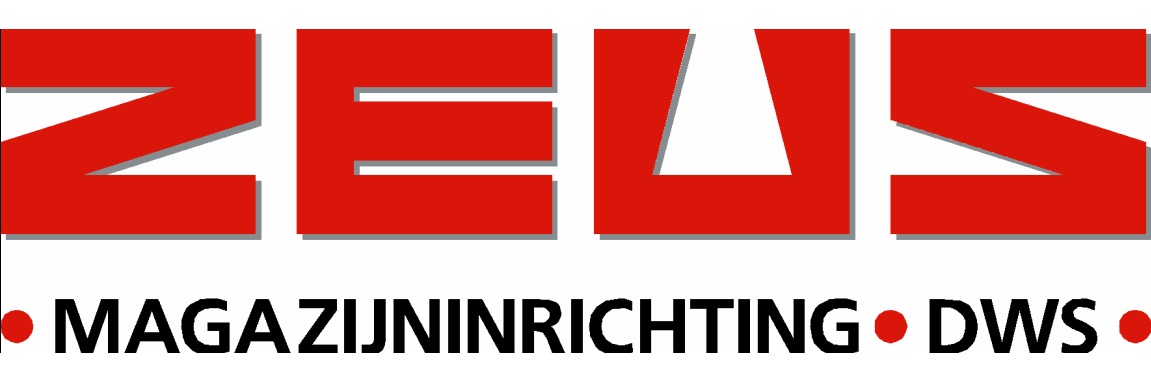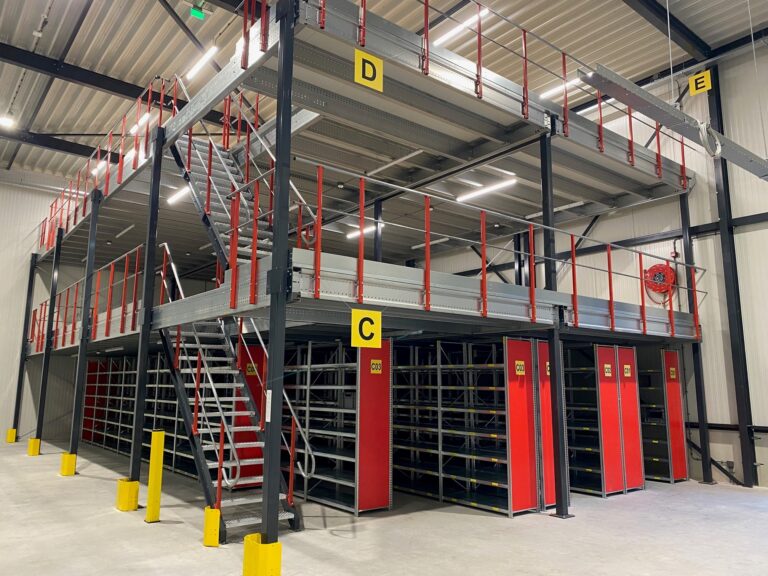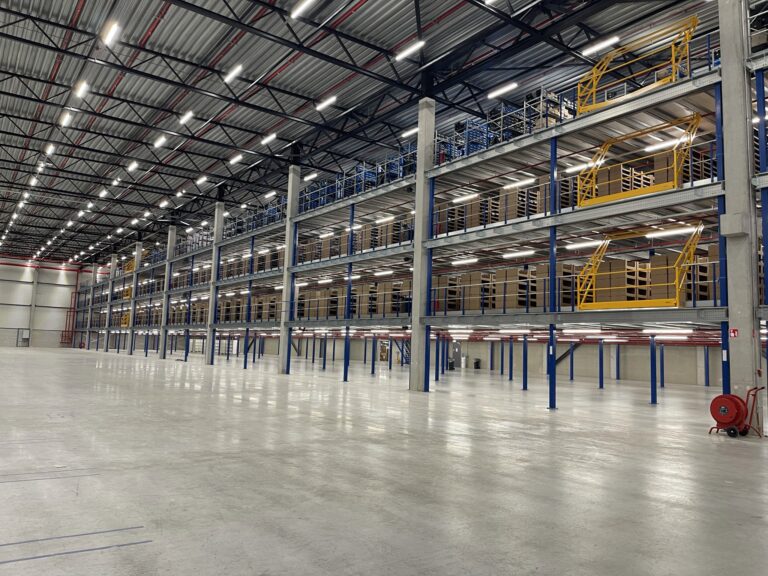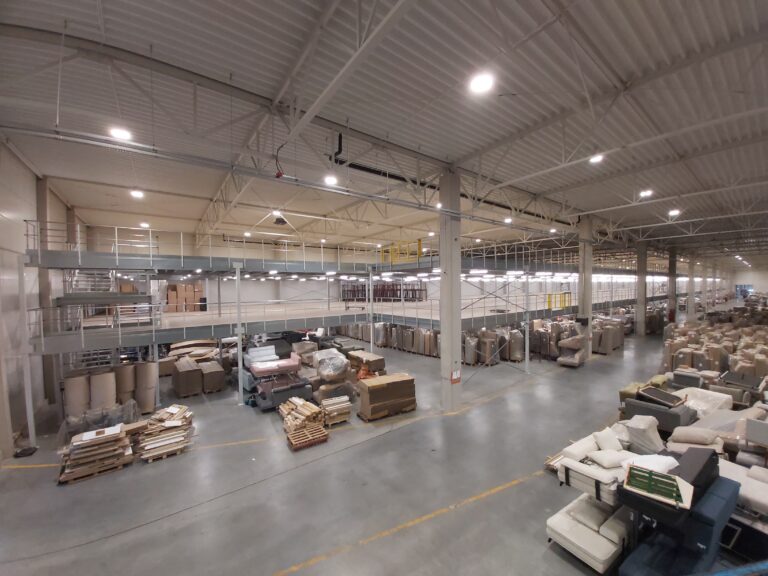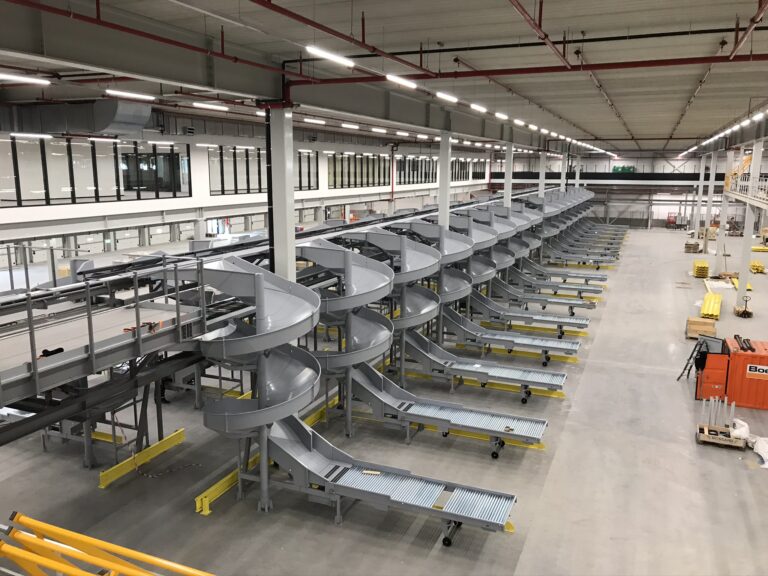
Crossdocking is increasingly being used in modern warehouses to reduce lead times and minimise storage costs. But how do you ensure your warehouse is optimally set up for a smooth crossdocking process? A mezzanine floor can play a crucial role in efficiently organising goods flows. In this blog, we explain how crossdocking works and why a mezzanine floor can be the perfect solution to streamline your logistics process.
What is crossdocking and why is it gaining popularity?
Crossdocking is a logistics strategy in which incoming goods are immediately forwarded to outbound transport, without being stored for a long period. This significantly reduces lead times and lowers storage costs. Many companies choose crossdocking to improve delivery reliability and respond more quickly to market demand.
How does crossdocking work in practice?
In a crossdocking setup, products arrive via trucks or containers and are prepared for shipping almost immediately. This process involves several steps:
Receiving goods and performing a quick quality check
Immediately assigning products to the appropriate outbound orders
Moving goods to a buffer zone or directly to outbound transport
Rapid dispatch to the final destination
The success of crossdocking largely depends on a well-organised warehouse layout. This is where a mezzanine floor comes into play.

How a mezzanine floor improves crossdocking efficiency
A mezzanine floor helps separate inbound and outbound goods flows, making the crossdocking process more structured and efficient. Incoming goods can be temporarily sorted or processed at a higher level, while the ground floor remains available for immediate transfer and shipping. This minimises congestion and speeds up the flow of goods.
In addition, a mezzanine floor offers extra space for order picking, quality control or light assembly, without burdening the main warehouse floor. By optimally using the vertical space, you create a flexible and efficient layout that enhances the speed and accuracy of crossdocking operations.
The biggest challenges in crossdocking
Although crossdocking offers many benefits, it also presents challenges. One of the main difficulties is the lack of overview and structure in fast-moving goods flows. Because products are forwarded almost immediately, there is little room for error and the logistics coordination must be flawless. A lack of space for temporary storage or sorting can also become a bottleneck, especially when multiple shipments arrive and need to be processed at the same time. Furthermore, crossdocking requires a clear separation between inbound and outbound goods to avoid delays and maintain a smooth flow.

The benefits of mezzanine floors in crossdocking
By strategically deploying a mezzanine floor, you can take your crossdocking process to the next level. Key benefits include:
- Improved use of warehouse space: by smartly using vertical space, the floor remains clear for quick goods movement
- Faster goods processing: physical separation of inbound and outbound flows creates an optimised workflow
- Flexible layout: mezzanine floors are modular and can easily be adjusted to meet changing logistics needs<
Strategic warehouse design: combining crossdocking and mezzanine floors
A well-planned warehouse layout is essential for a successful crossdocking process. By placing a mezzanine floor strategically, companies can not only create additional space, but also structure goods flows more effectively. A mezzanine can be used as a buffer zone for incoming goods, where items are temporarily sorted before further processing. The extra space can also be used for order picking or light assembly, allowing the warehouse to function more efficiently without overloading the main floor. A well-integrated mezzanine floor thus helps optimise available space and contributes to a faster, more organised logistics workflow.
The future of crossdocking and warehouse optimisation
With the rise of automation and smart logistics systems, crossdocking is becoming more advanced. More and more companies are opting for flexible warehouse layouts that can be quickly adapted to changing market conditions. Mezzanine floors play an important role in this thanks to their scalability and versatility.
How Nolte Mezzanine helps optimise your warehouse
>At Nolte Mezzanine, we are happy to help you determine how a mezzanine floor can best be integrated into your crossdocking process. Whether it’s about creating additional storage space, improving the separation of goods flows or achieving a flexible layout, our mezzanine expertise helps make your warehouse more efficient. Curious to know how a mezzanine floor can improve your logistics process?
Contact us — we’ll gladly explain!
That’s why people choose Nolte Mezzanine
As specialists in designing, producing, and installing various warehouse solutions, our goal is to provide everyone with the right floor. Over the years, customers have chosen us for our expertise, diverse options, and flexible approach. Your project is unique to us, which means we develop a solution that specifically meets your needs.
















